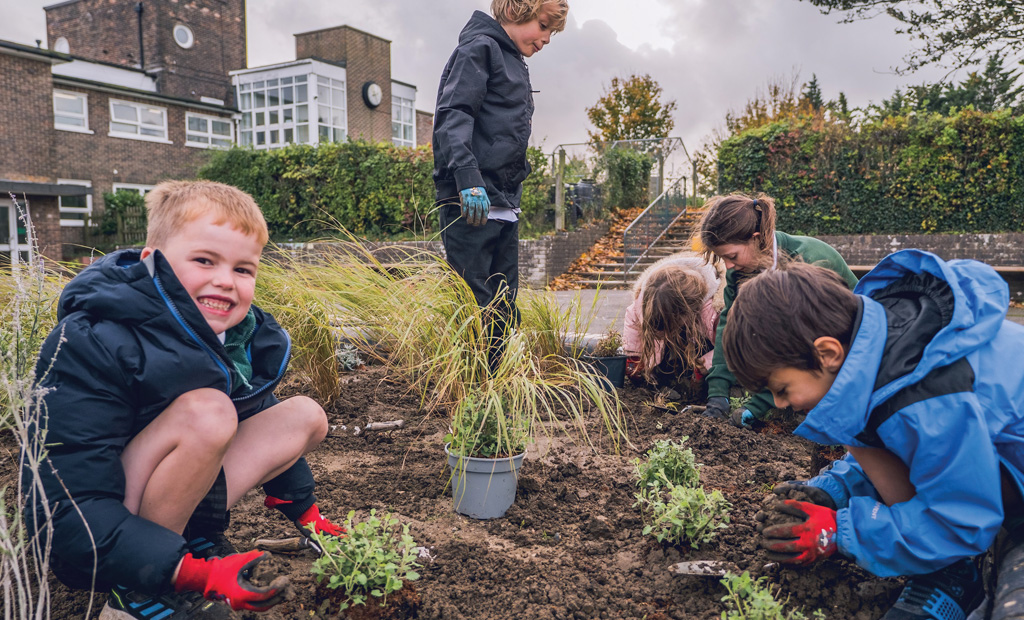Spanning the chalk hills of the South Downs and the plains and valleys of the Weald in Hampshire, West Sussex and East Sussex, the South Downs National Park (SDNP) is the UK’s youngest national park, only designated in 2010. The same year, the government introduced a national policy called the Community Infrastructure Levy (CIL), which applies to all English local planning authorities, including national parks.
What is it?
CIL is a charge paid by those engaging in some types of development such as new homes, where the money raised is used to fund the infrastructure needed to support the development. The South Downs National Park Authority’s CIL was introduced in 2017 and, at present, it is the only national park that charges CIL.
Since its introduction, we have worked on a range of projects, including visitor centres; wetland restoration and flood management; footpaths, bridleways and cycle routes; highways improvements; recreation grounds and facilities; solar panels and EV charging points for public buildings; as well as a wide selection for schools.
- Meet the funder: Movement for Good
- Meet the funder: The Nineveh Charitable Trust
- Meet the funder: Morrisons Foundation
How can it help PTAs?
In 2022 and 2023 we had £2 million in funding to help local communities, some of which went to schools. CIL-funded schools projects have included playground equipment at South Malling C of E School in Lewes (£35,000) and Fittleworth Primary School (£200,000); a classroom extension in Bury C of E Primary School, which is the ambassador school for the South Downs National Park (£100,000); a climbing wall at The Petersfield School (£29,000); improvements to a wooded area at Meonstoke C of E Infant School (£18,000); and a rain garden for Wallands Community Primary School in Lewes (£160,000).
The Aquifer Partnership, working with Wallands School, carried out the rain garden project. Utilising rainwater collected from the school roof, it transformed an area of the playground into a unique educational space, a ‘rainscape’. Here, pupils can learn about environmental issues such as the importance of water and water management, and plants for wildlife. Once a project is complete, we ask successful bidders to help us create case studies for our website.
As the national park stretches across three counties, it can be complicated, although we generally have good working relationships with colleagues across the county and district councils. We work with local education authorities, headteachers and PTAs, who can get in touch with us through the website. We’re happy to speak to people and give advice and further information.
More information
Find out more about the Community Infrastructure Levy
Get more information about the South Downs National Park’s CIL
See the Wallands Primary School rain garden
Find out more about the Aquifer Partnership
Read other SNDPA CIL case studies











